Affiliate links on Android Authority may earn us a commission. Learn more.
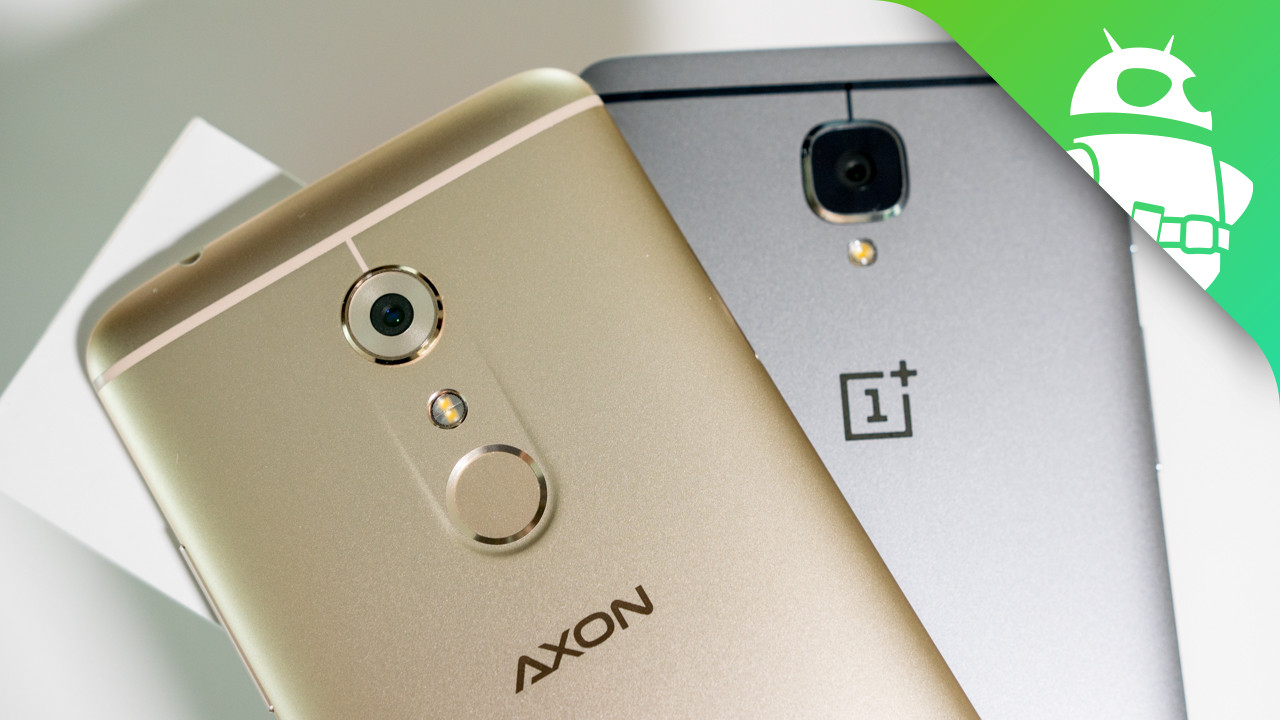
OnePlus 3
What we like
What we don't like
OnePlus 3
Since its inception, OnePlus has been the primary force in shaping the affordable flagship, at least in international markets. The OnePlus One was one of the best in its class upon launch, and although its successor felt a bit flat, OnePlus’ budget smartphone, the OnePlus X, seemed like a step back in the right direction.
- OnePlus 3 review
- OnePlus 3 announced: everything you need to know
- Flagship spec showdown: OnePlus 3 vs the competition
- What would you change about the OnePlus 3?
While the recently released OnePlus 3 has been very well received overall, it comes at a time with some remarkably serious competition. One of those competing options is the ZTE Axon 7. Unlike OnePlus, ZTE has been in the telecommunications business for decades and is one of the top cell phone manufacturers. With that said, the Axon 7 is ZTE’s first affordable flagship that has gained some serious attention.
- ZTE Axon 7 review
- Getting to know the ZTE Axon 7
- ZTE Axon 7 hands on
- ZTE Axon 7 officially announced
With price tags of $400, both appear to offer a flagship experience at an affordable price. But, which smartphone is a better fit for you? Let’s find out in our comparison between the OnePlus 3 and ZTE Axon 7!
Design
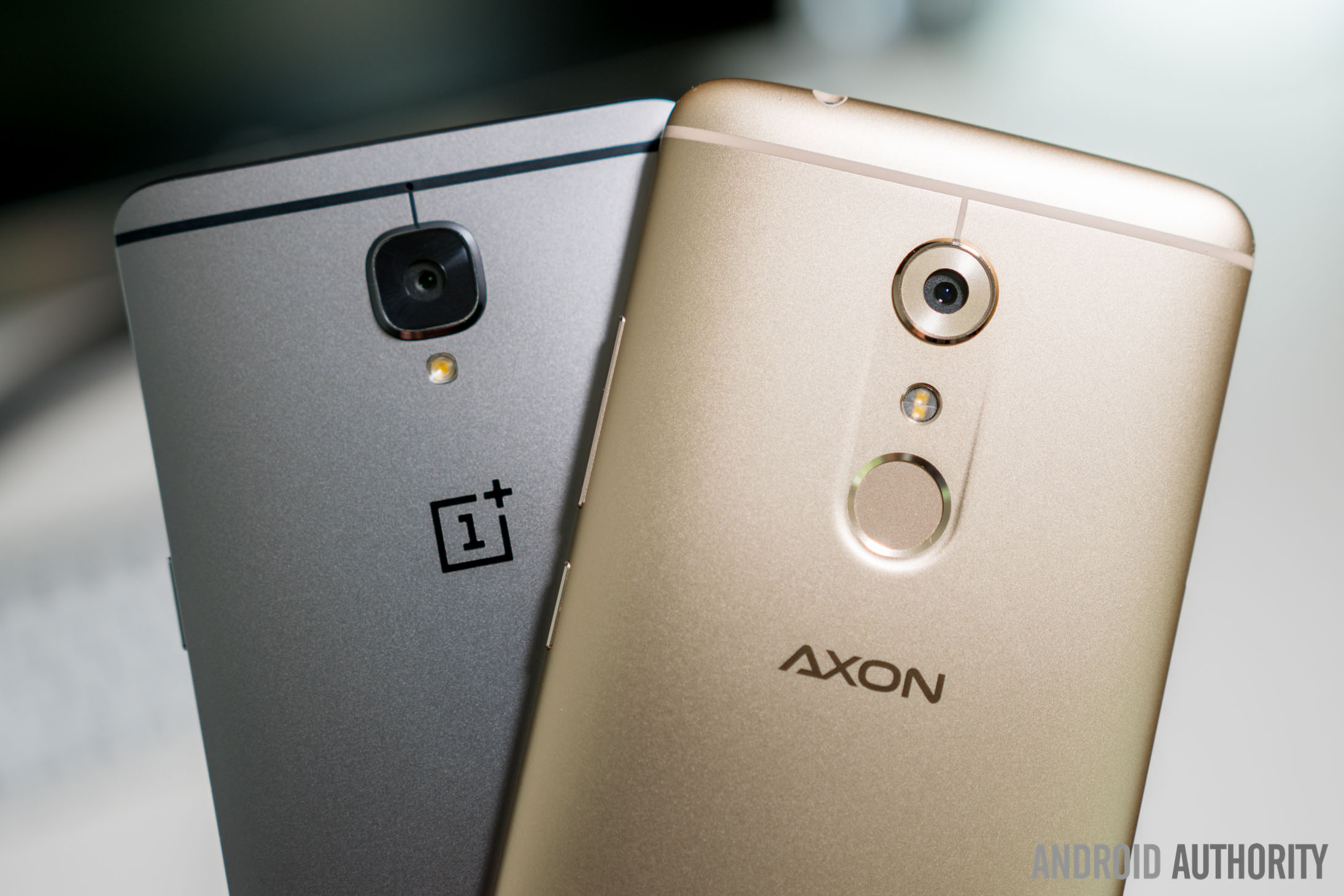
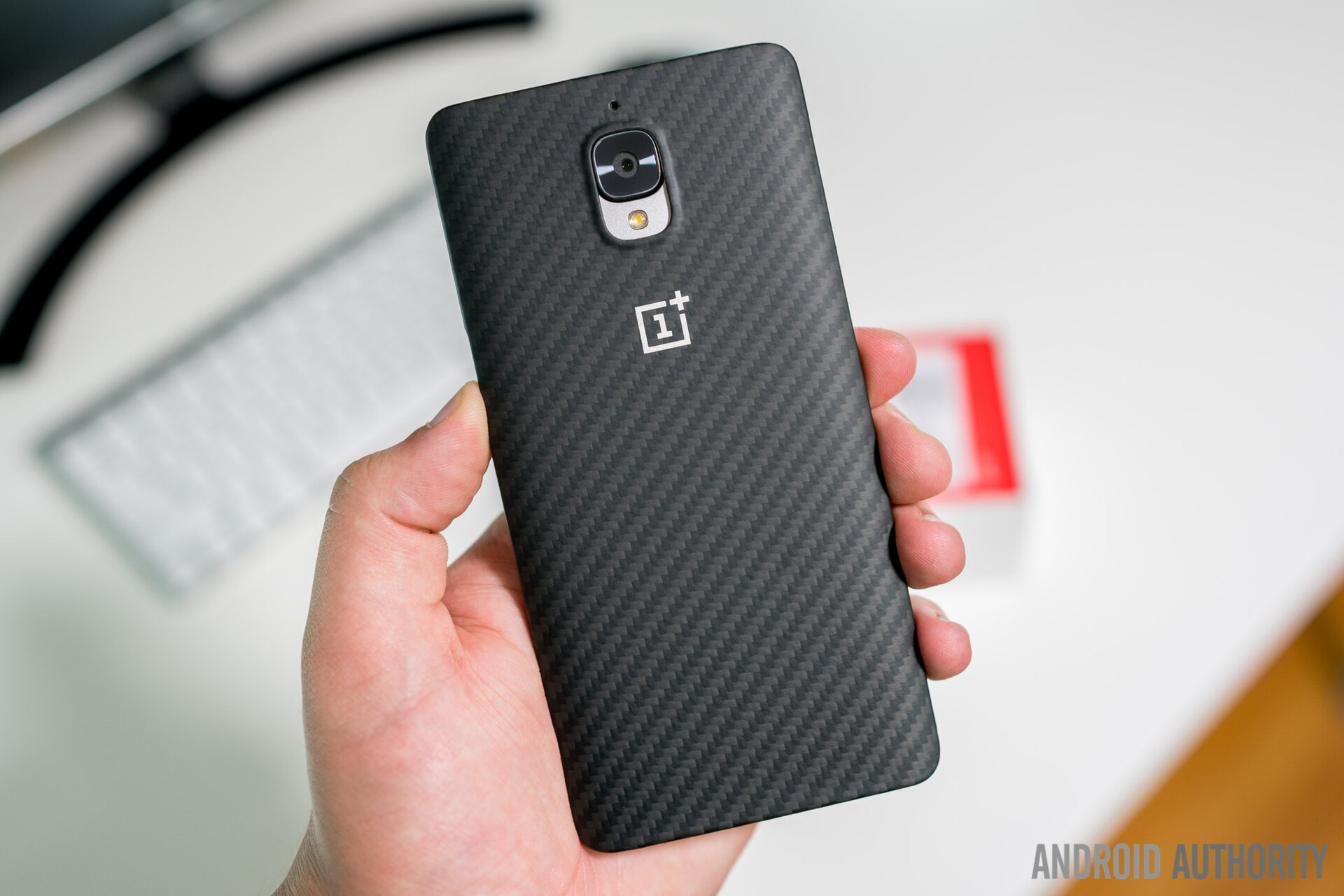
Unless you have large hands, you'll likely find the OnePlus 3 to offer a better handling experience than the Axon 7
Although ZTE’s “no edges” design philosophy gives the Axon 7 a more continuous, elegant look and eliminates any sharp corners, it is more difficult to grip. Therefore, unless you have large hands, you’ll likely find the OnePlus 3 to offer a better handling experience than the Axon 7. It is worth noting that the ZTE Axon 7 does include a case, which could help make the handling a little bit easier, though.
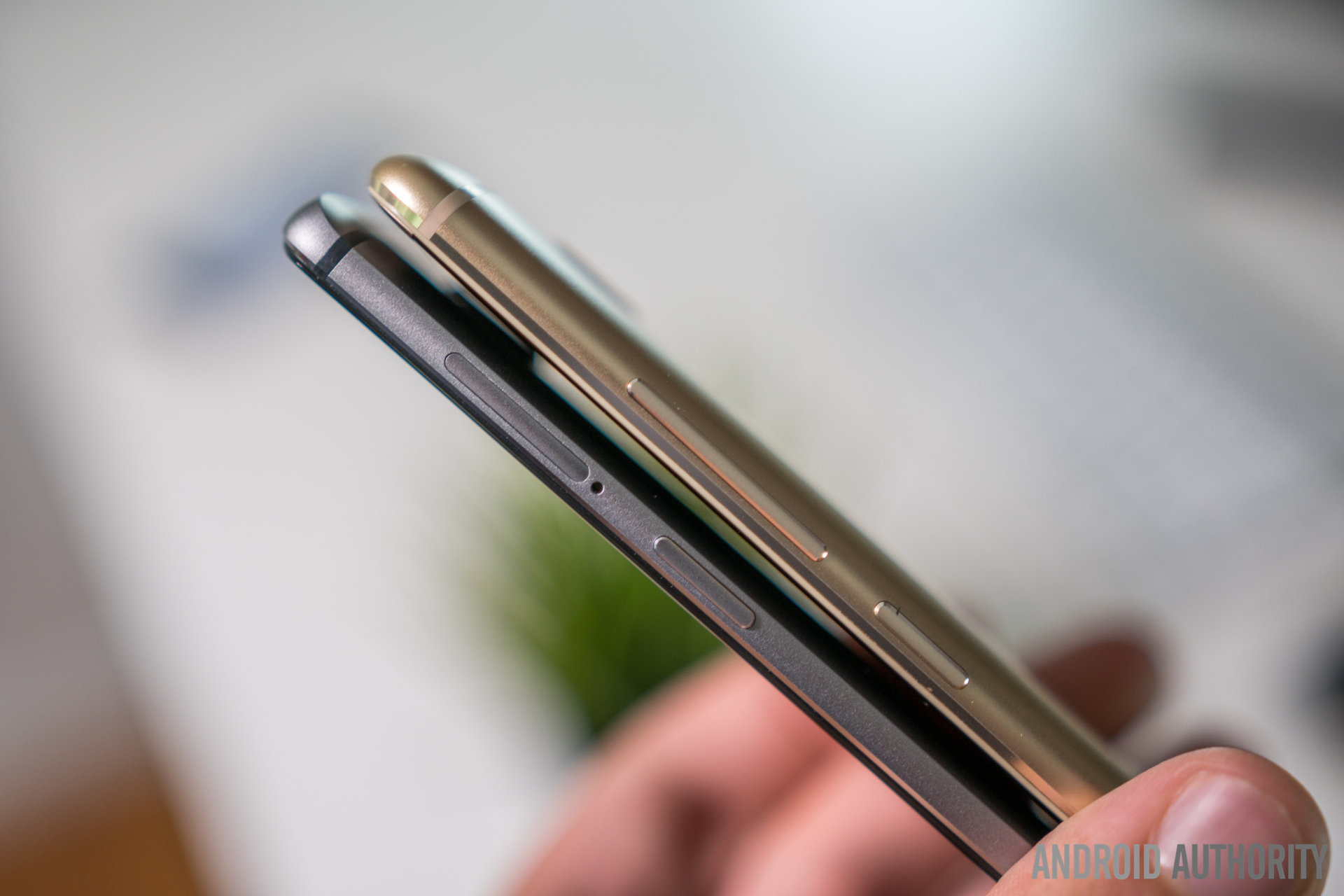
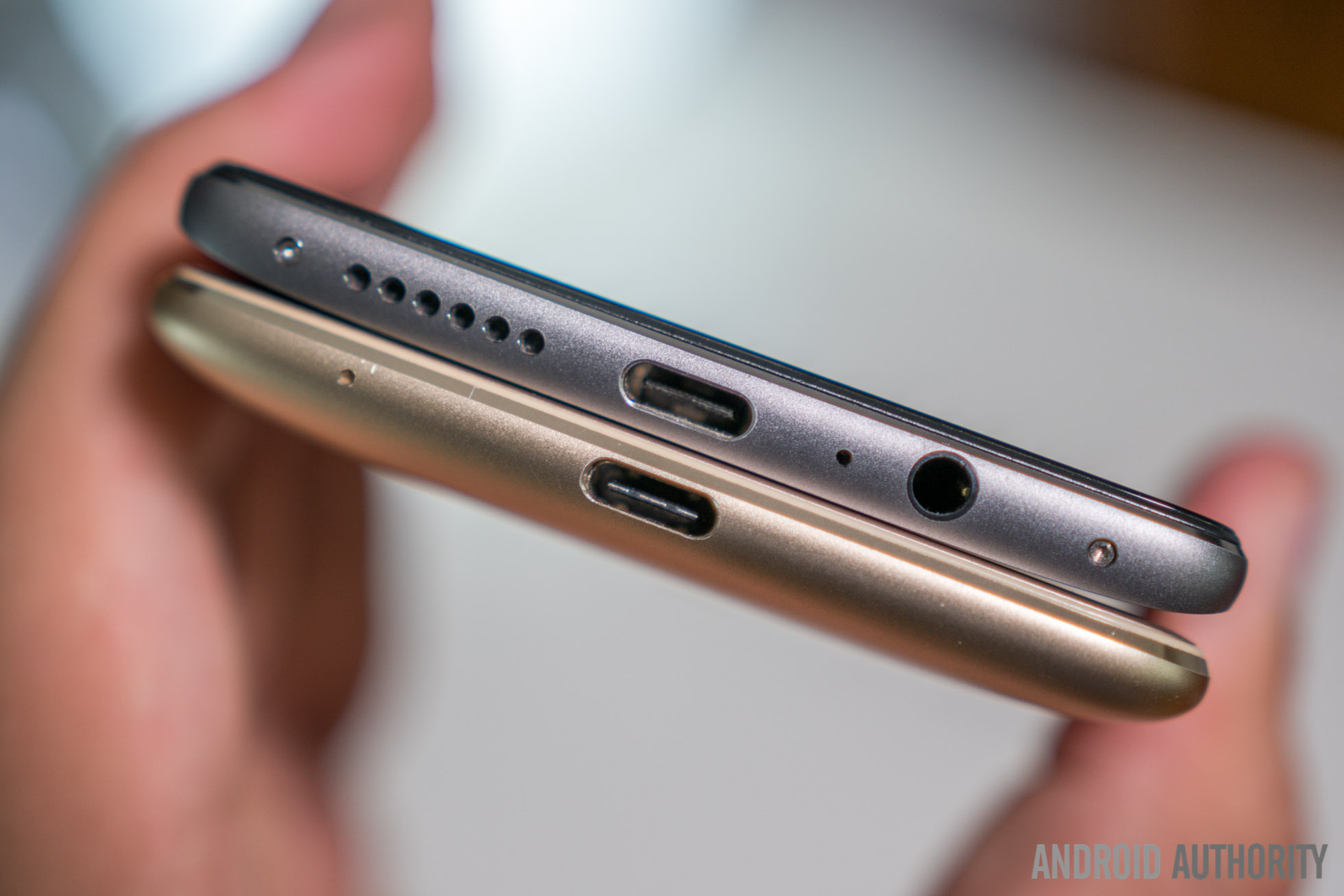
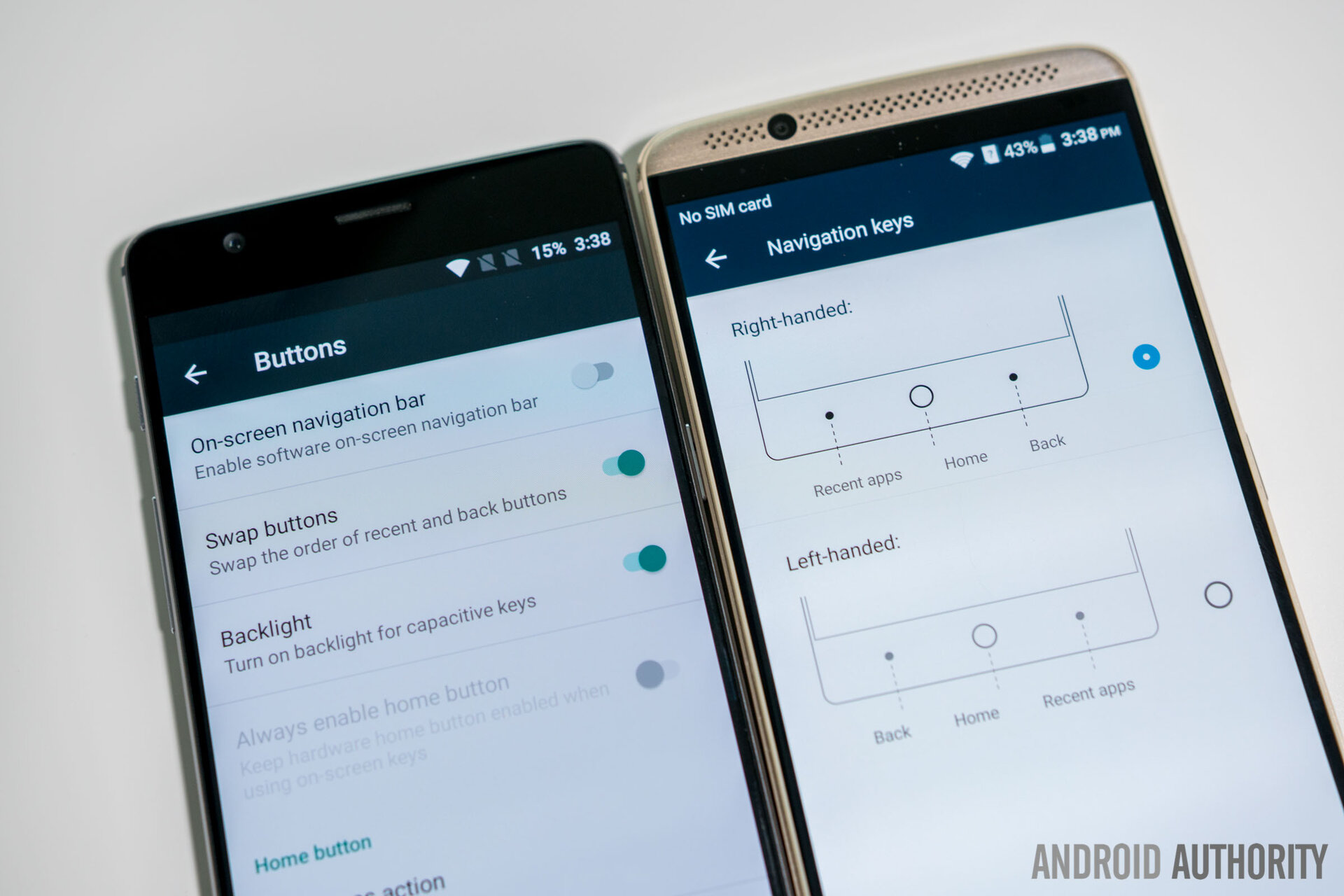
Display
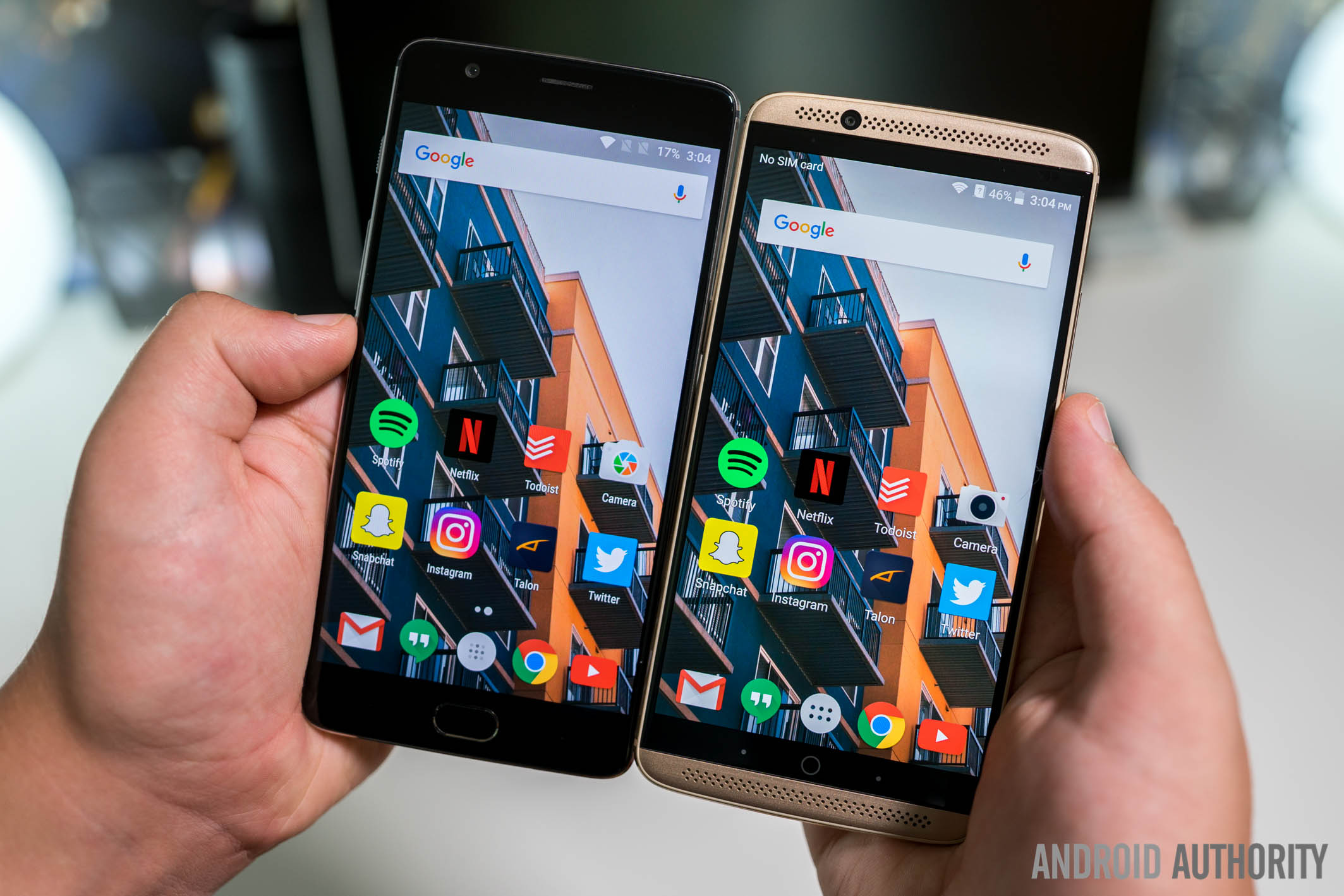
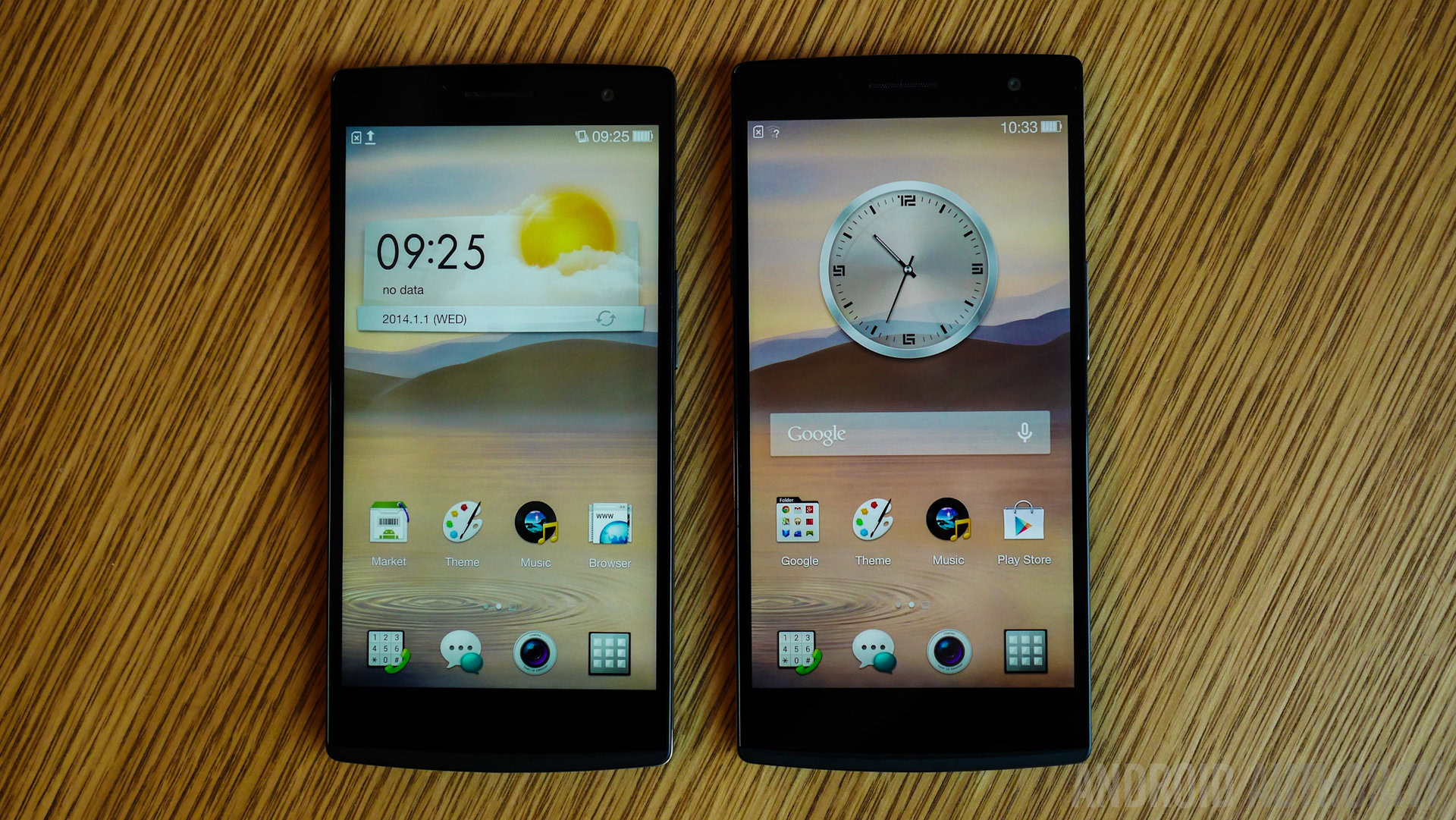
While Quad HD is indeed a subtle step up from 1080P in day-to-day use, it is better suited for use with virtual reality headsets. If you don’t plan on using VR, however, then the OnePlus 3’s display will suit you just fine. It’s also a bit brighter, too, and consequently offers slightly better sunlight readability.
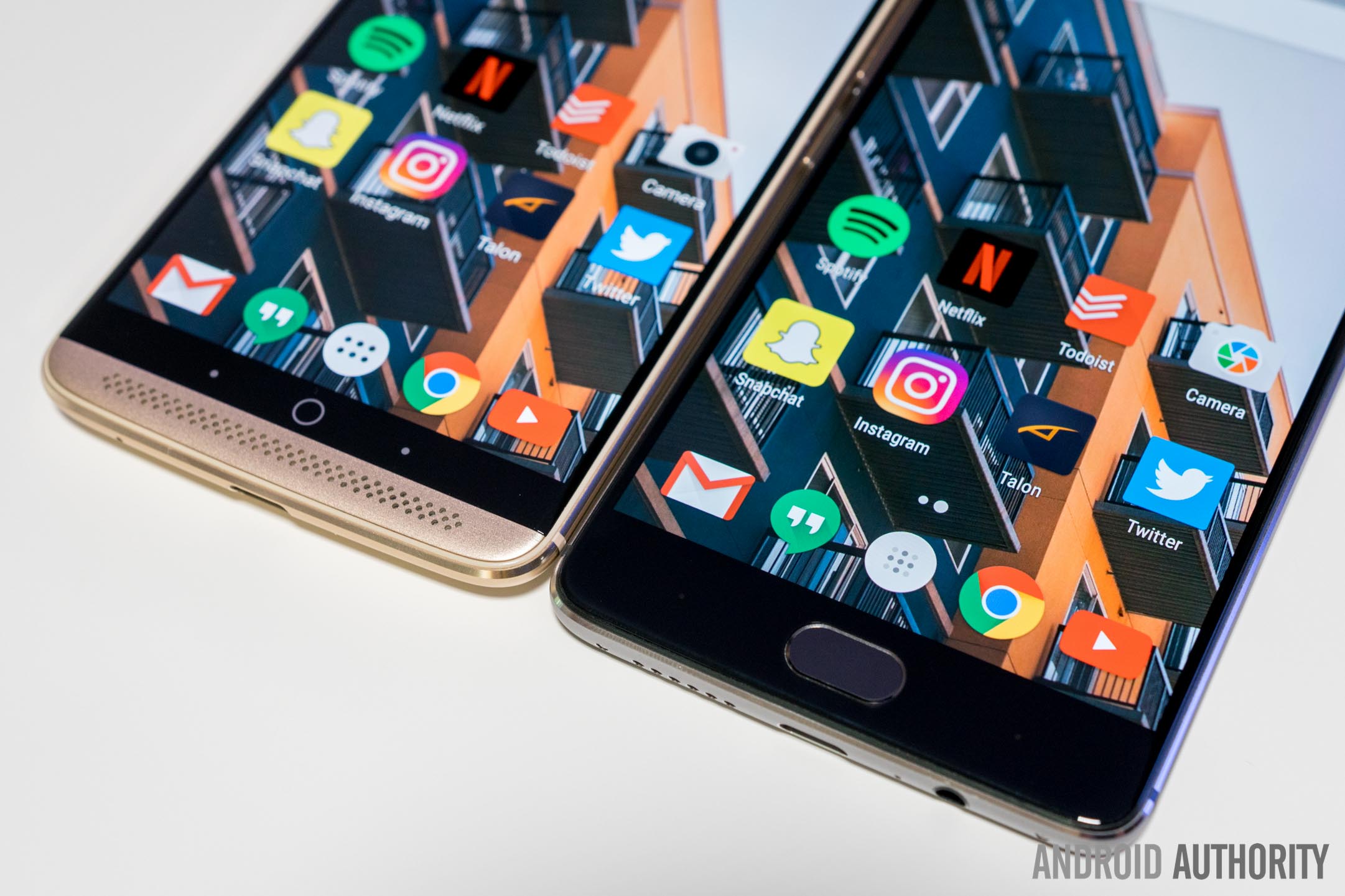
I noticed several hairline scratches on the OnePlus 3 after simply keeping it in my pocket
Despite both displays offering Gorilla Glass 4 protection, I noticed that the OnePlus 3’s display tended to scratch more easily than the Axon 7’s. I noticed several hairline scratches after simply keeping the phone in my pocket, whereas the same test plus a trip to the beach yielded no scratches on the Axon 7. This is certainly odd, but it may be something to consider.
Performance
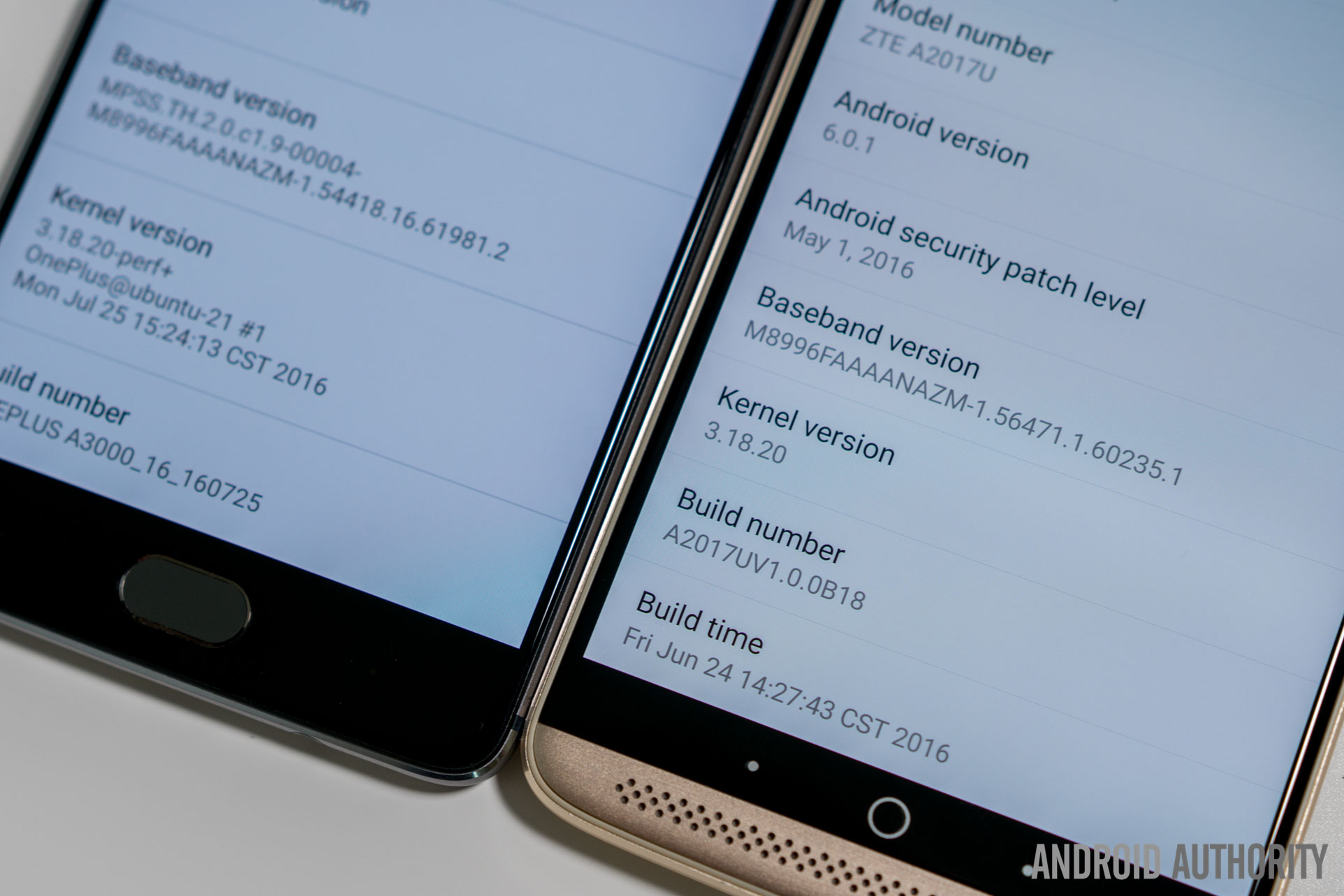
OnePlus 3 benchmark results:
ZTE Axon 7 benchmark results:
The OnePlus 3's 6 GB of RAM seems nearly ludicrous at the moment
The OnePlus 3’s 6 GB of RAM seems nearly ludicrous at the moment, but it’s definitely safe to say that this phone is future proof in terms of multitasking. While there is a 6 GB variant of the Axon 7, it’s currently not available in the US nor is its estimated price comparable, so I’m going to ignore it for the purposes of this comparison.
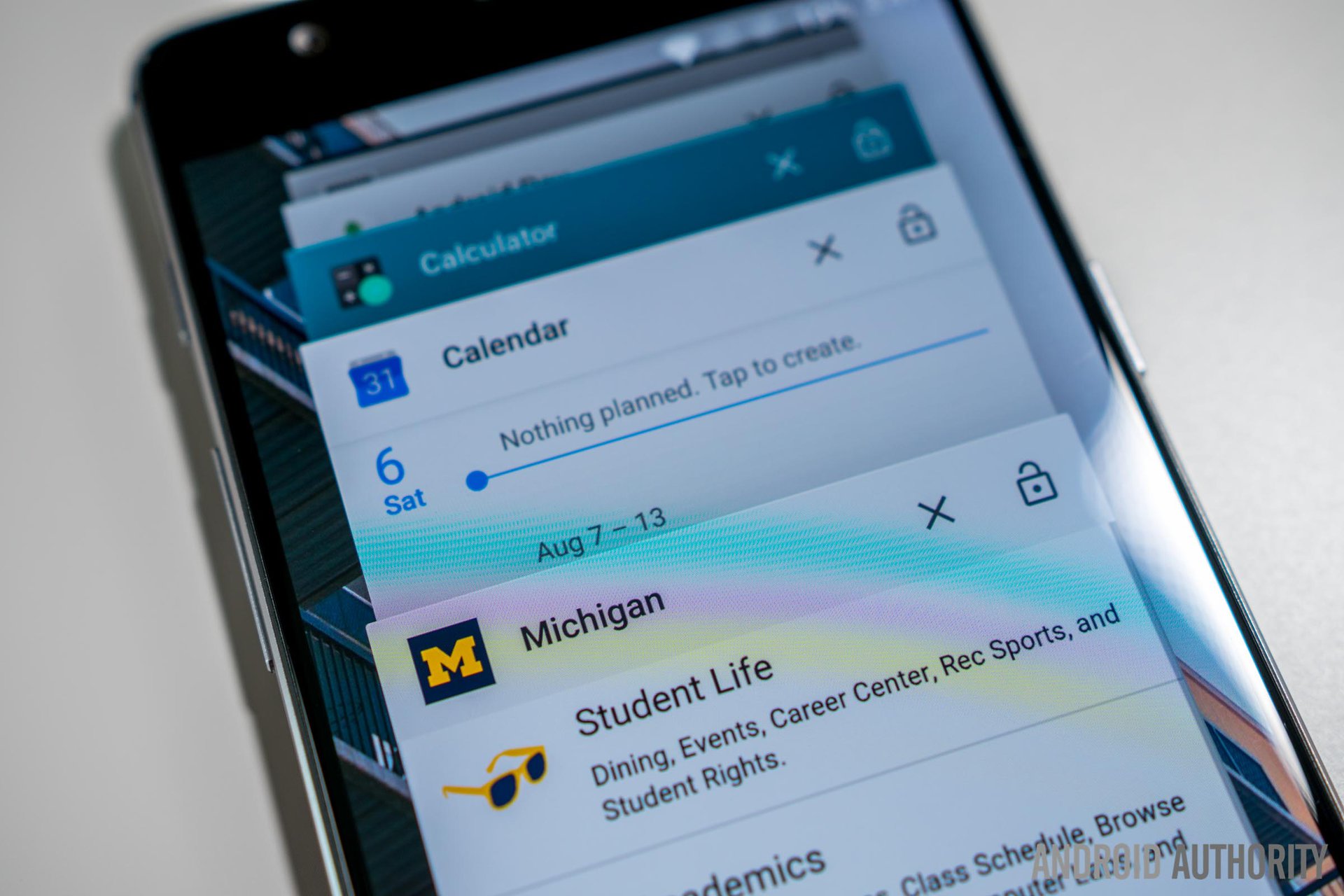
Do you really need 6GB RAM? Honestly, not really. That said, 6GB RAM does potentially make the phone a bit more future proof. When it comes to real world use, however, we doubt you’re going to notice much of a performance difference at all. Still, this is a small edge that could be very important for power users.
Hardware
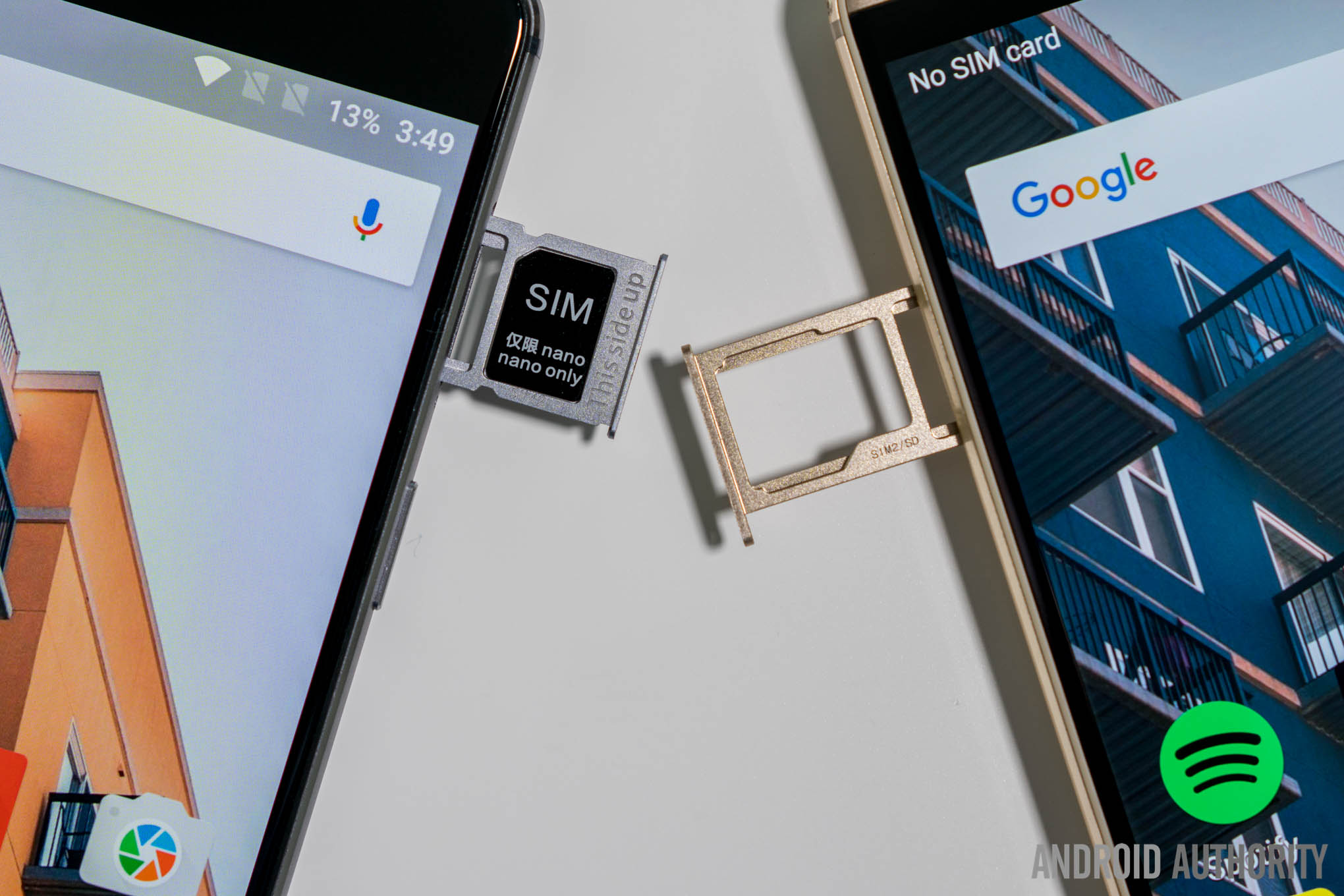
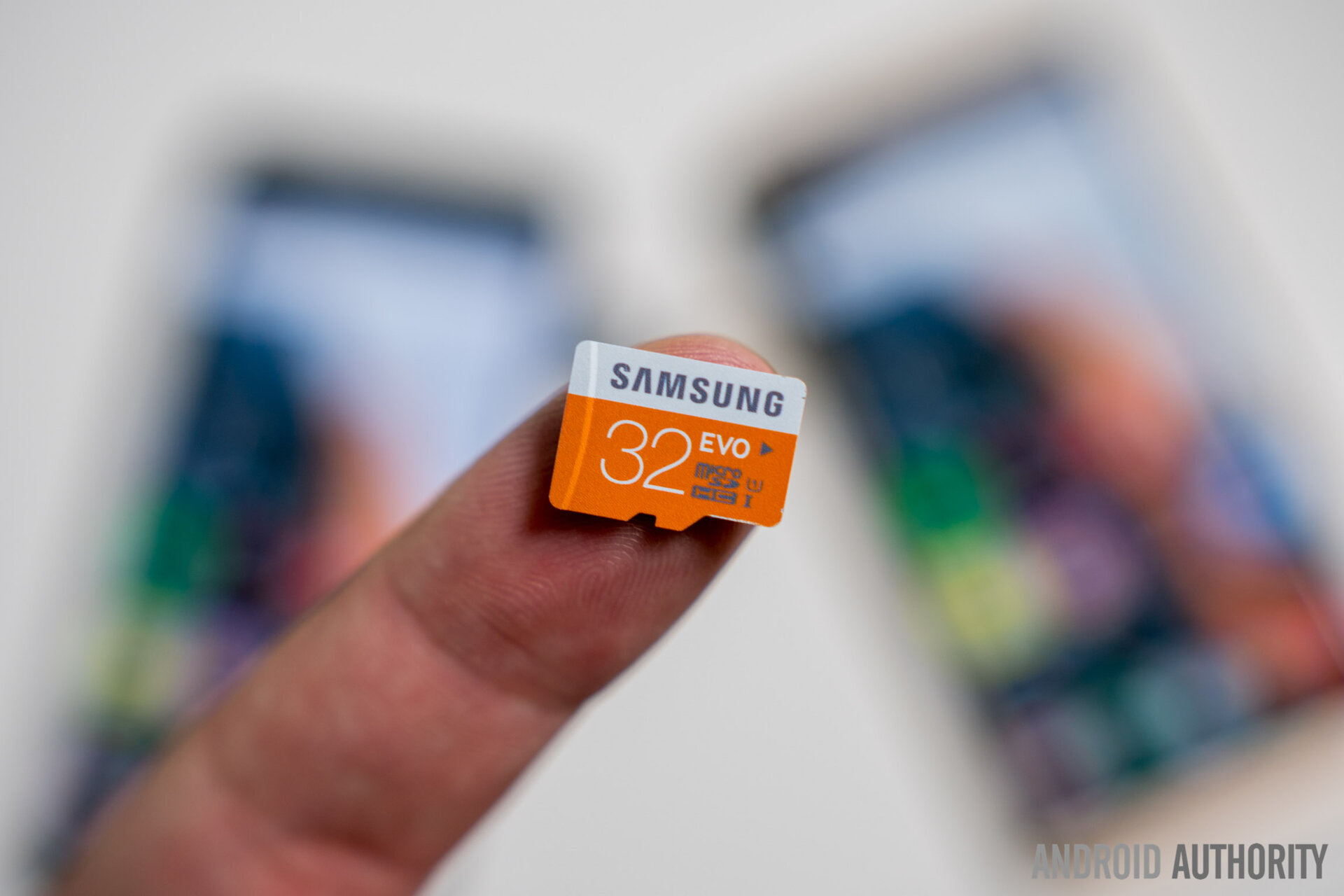
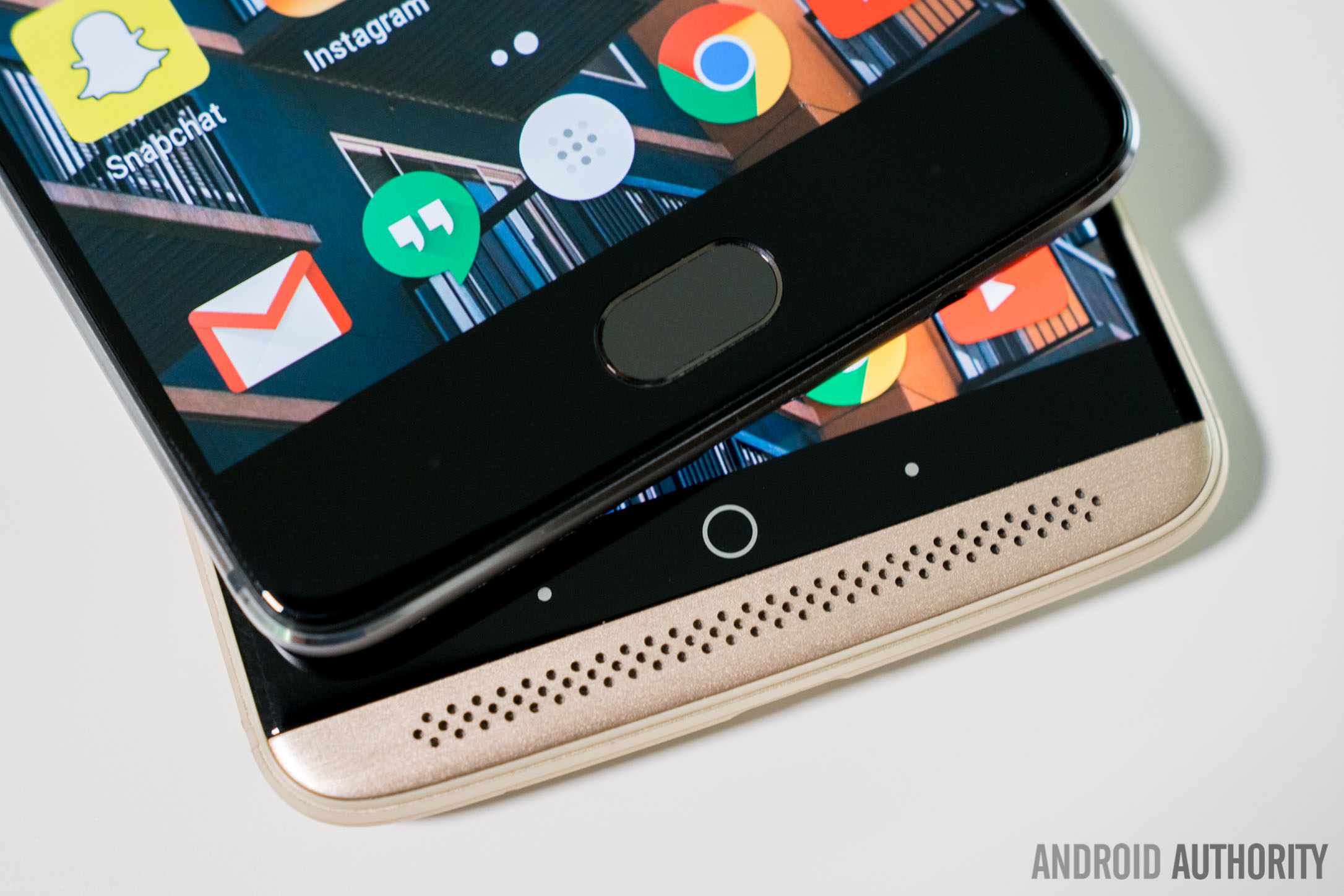
The Axon 7 is still a few steps ahead with its dual independent Hi-Fi audio chips for both listening and recording
One of the key areas where the Axon 7 pulls ahead is in audio. We mentioned that audio through headphones seemed above average in our OnePlus 3 review, but the Axon 7 is still a few steps ahead with its dual independent Hi-Fi audio chips for both listening and recording. If you consider yourself an audiophile, the choice here should be very easy. But if not, do know that while the Axon 7 is much better, the OnePlus 3 is still above average in this regard.

Battery Life
I found the Axon 7's battery life to be about 25% better in daily use
The ZTE Axon 7’s battery is slightly larger at 3250mAh, compared to the OnePlus 3’s 3000mAh battery. Both handsets should be able to power through a full day of moderate to heavy use, although I found the Axon 7’s battery life to be about 15% better in a Geekbench battery test and about 25% better in daily use. This could be attributed to better power management in ZTE’s software.
Representative battery life test results (first two: OnePlus 3, last two: ZTE Axon 7):
Regardless, you can expect about four hours of screen on time with the OnePlus 3 and about five hours with the Axon 7. Quantitatively speaking, that’s not a major difference, but that little bit of extra battery life is certainly appreciated. For the Geekbench battery tests, I ran both devices from 100% to 1% in airplane mode with the displays set to full brightness. The Axon 7 lasted for 6 hours 9 minutes and 30 seconds while the OnePlus 3 lasted for 5 hours 22 minutes and 0 seconds.
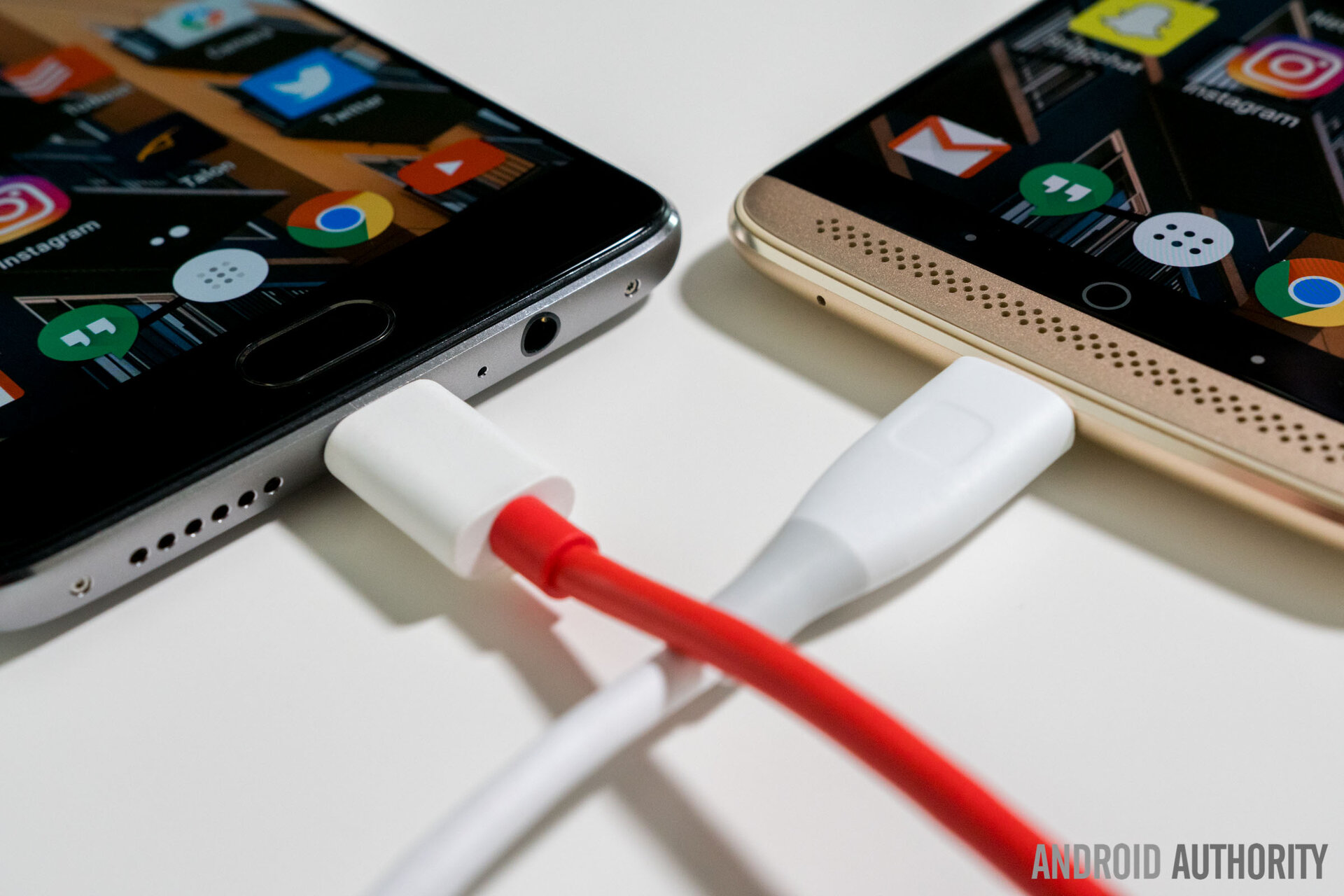
Camera
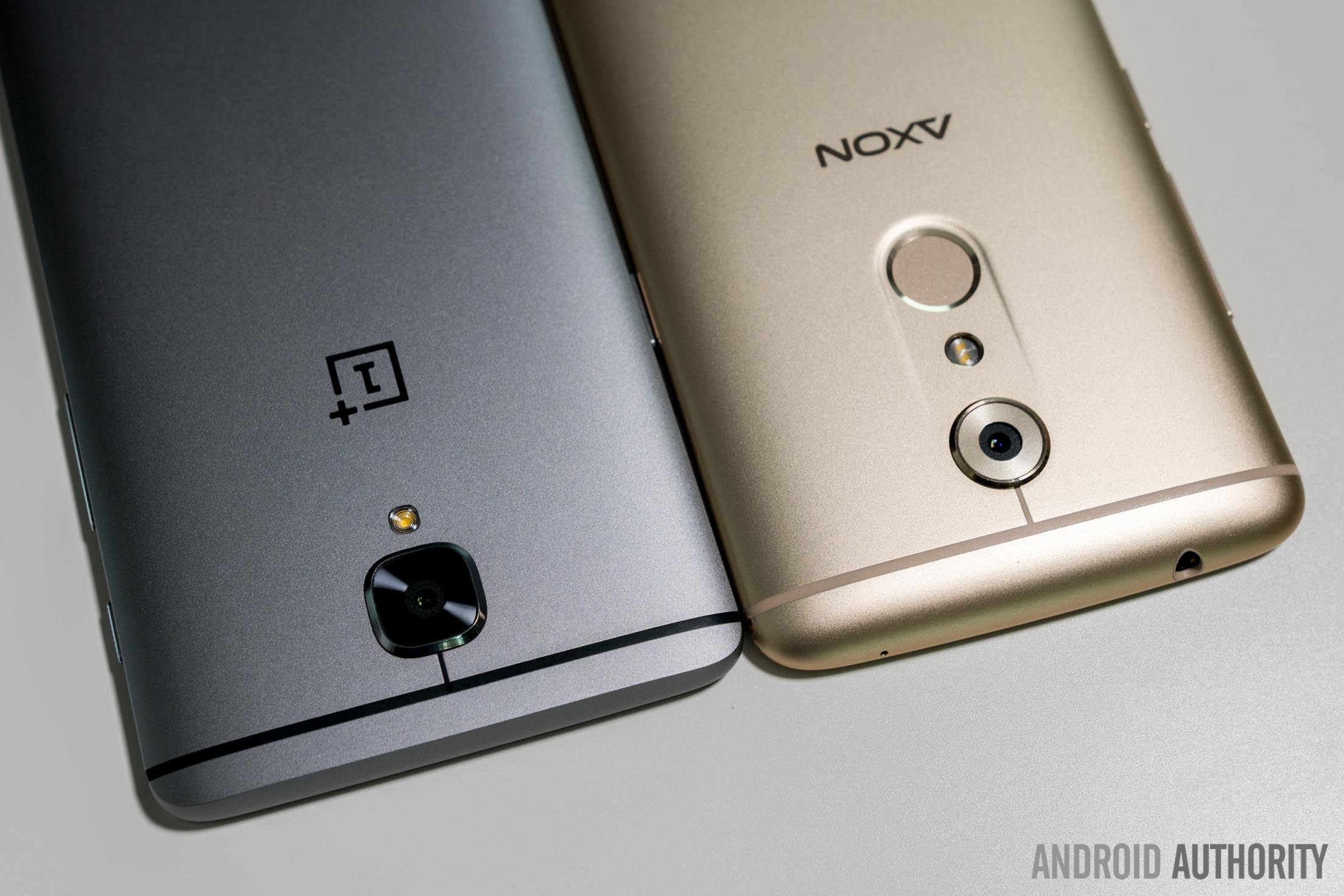
It should go without saying that neither camera provides Galaxy S7-level results
For this comparison, I took about fifty different images with each phone at the same distance and angle in order to compare how each camera performs. It should go without saying that neither camera provides Galaxy S7-level results, but both are still capable of producing nice looking images.
I found that the OnePlus 3’s colors were generally more accurate than the Axon 7’s, although it seems that the OnePlus 3 prefers a cooler color tone compared to the Axon 7’s warmer preference. I personally prefer the warmer tone in most images, but the Axon 7’s color reproduction can be a bit unnatural at times. The colors are more saturated with the Axon 7, however, which makes certain parts of the image “pop.”
Both cameras produced some disappointingly washed out images
With that said, both cameras produced some disappointingly washed out images. I found that the OnePlus 3 generally did this more often than the Axon 7 however. The OnePlus 3 also likes to bring up the shadows, which can make images look more “complete” than the Axon 7’s, but I personally think that this effect should be toned down a bit.
I do prefer the OnePlus 3’s images because of this in a few situations, but, more often than not, I prefer the Axon 7’s way of handling this as it prevents images from looking too flat.
As you may have expected, neither of these cameras do well in low-light conditions. Both produce soft and noisy images with subpar color reproduction. However, the OnePlus 3 does a much better job at distributing light across the image, allowing for oftentimes sharper and more detailed images. It also doesn’t go crazy with noise reduction like the Axon 7 does, so images still look somewhat okay compared to the Axon 7’s very disappointing images.
For 4K video quality, it’s sort of a tossup. Both video sample clips I took are somewhat overexposed, but it’s not terribly noticeable in either clip. The OnePlus 3’s color reproduction is more accurate, but the Axon 7’s colors seem to be more saturated. The Axon 7’s image is more susceptible to artifacts, but it’s less noisy than that of the OnePlus 3. The OnePlus 3’s OIS also doesn’t do quite as well as the Axon 7’s during video recording, and there is a slightly noticeable amount of corner warping.
OnePlus 3 Camera Samples
ZTE Axon 7 Camera Samples
Overall, each camera has a great number of strengths and weaknesses. The “better” camera depends on both the situation and how you expect an image to turn out. Generally speaking, however, the Axon 7 does better in good lighting and during video, while the OnePlus 3 offers slightly less disappointing low-light images.
The Axon 7's camera app offers a bit more in pure functionality
The camera apps are somewhat similar, although it’s clear that OnePlus has gone with a more minimalistic approach. The Axon 7’s camera app does offer a bit more in pure functionality; there are built-in filters, live photos, more built-in modes, as well as the ability to control the camera with your voice. Outside of those features, however, the experience is pretty much the same.
Software
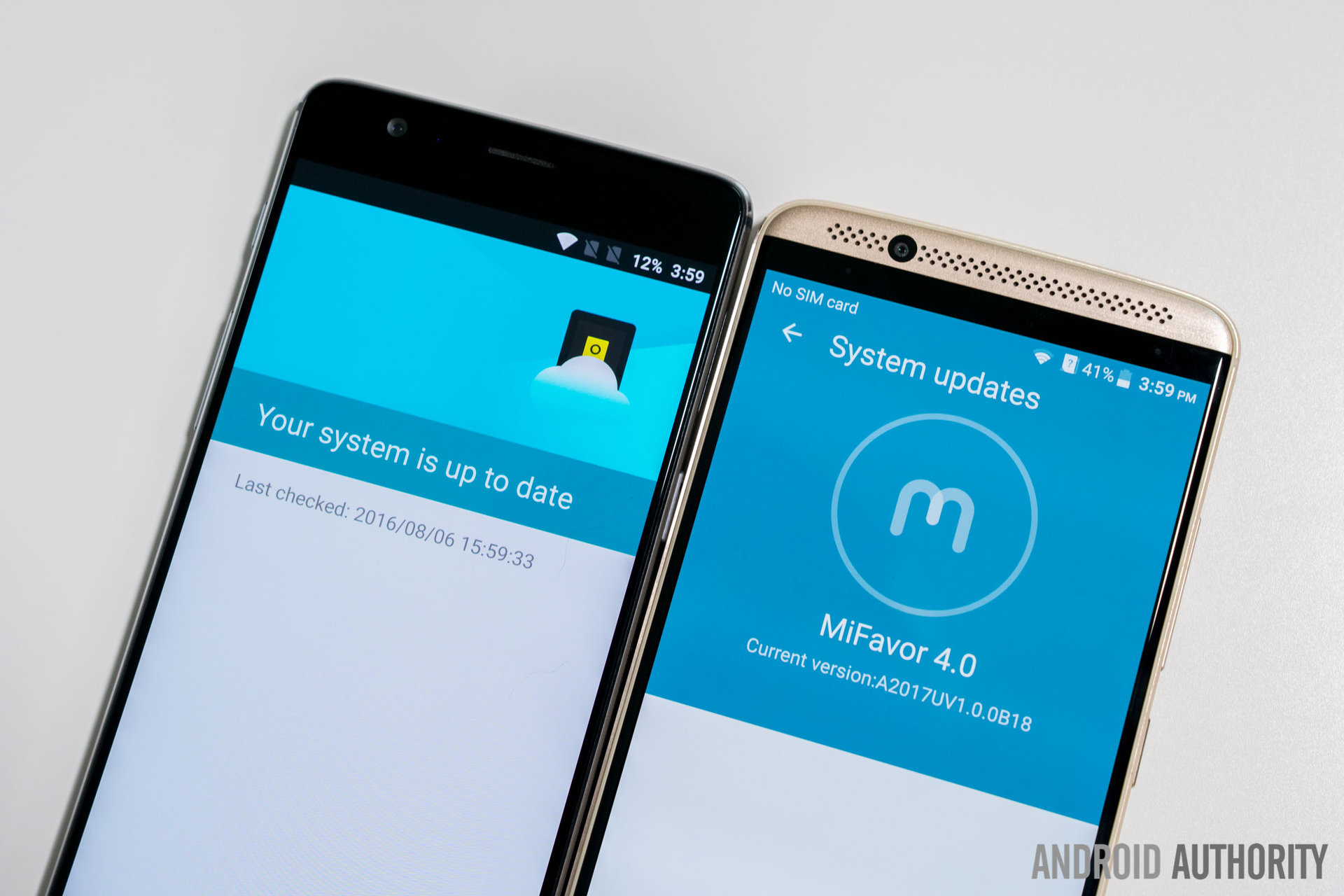
ZTE takes a more interventionist approach
Whereas OnePlus conforms fairly closely to stock Android while still adding a few useful features and settings, ZTE takes a more interventionist approach with a good number of UI tweaks and unique features. For those that like a more stock-like look, ZTE does offer a stock-like launcher, but obviously the UI tweaks remain in place nonetheless.
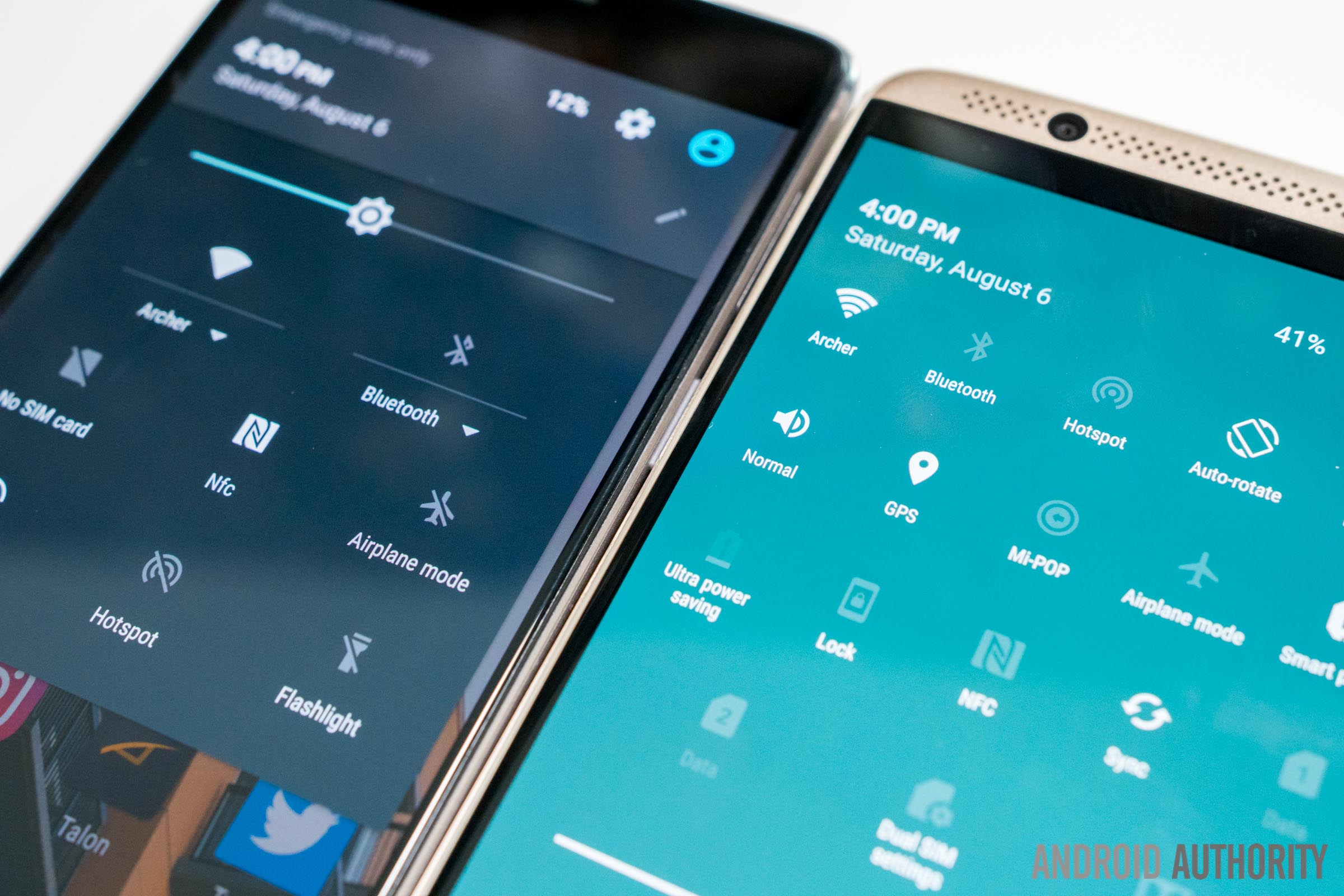
Pricing and availability

It is worth noting that the Axon 7 includes a two-year premium warranty, Axon Passport 2.0, which provides everything from upgrade, replacement, and setup assistance to unlimited out-of-warranty repairs for a deductible. Each repair, whether in or out of warranty, will include a free advanced exchange and free two-way shipping. There’s also a 30-day risk free trial period, during which you can return the phone to ZTE for a full refund if you’re unhappy with it.
ZTE appears to offer much better after-sales support than OnePlus, which has had notoriously lousy customer service. In theory, you would have a better experience dealing with ZTE than OnePlus, especially if you need to replace your phone.
Conclusion
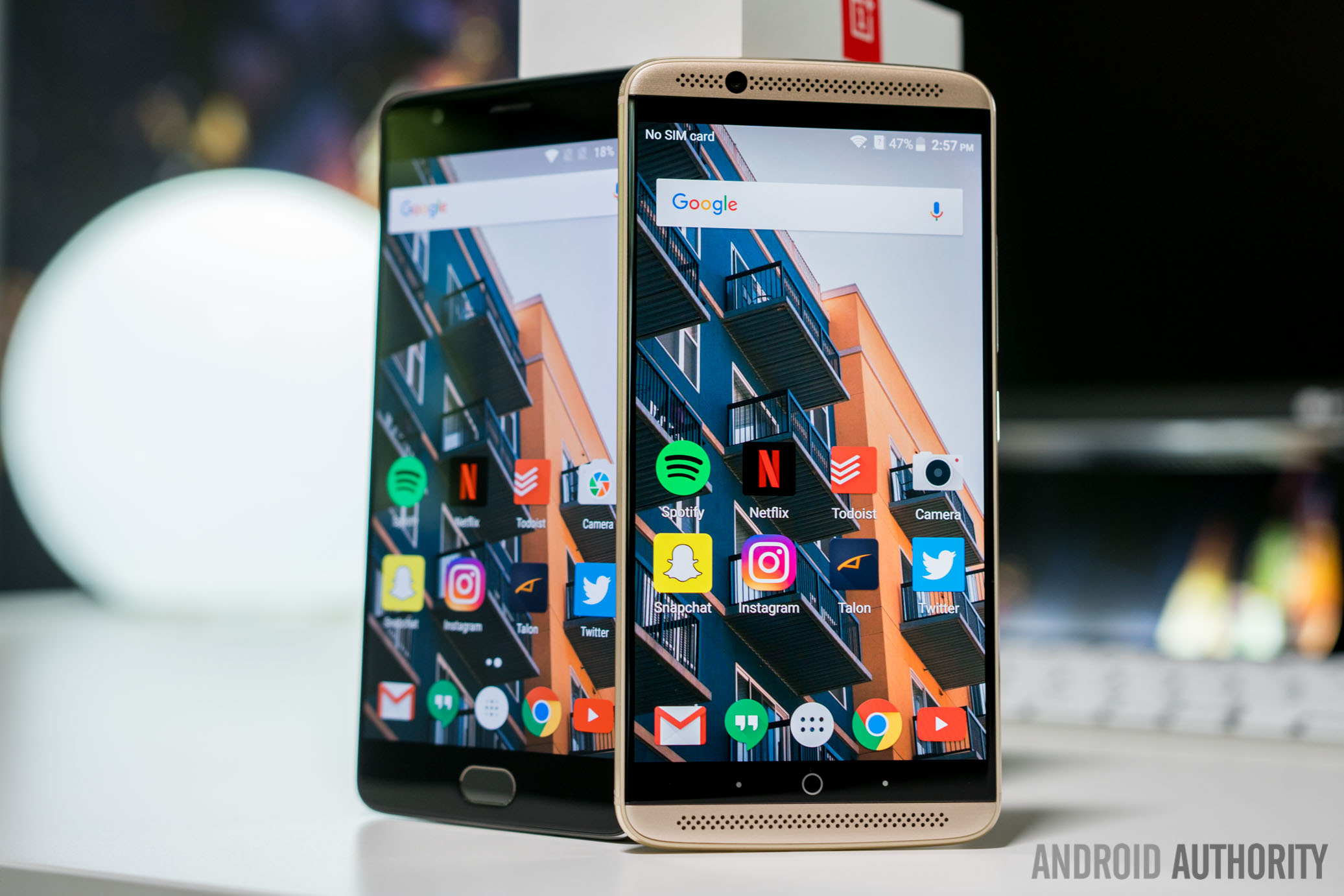
All things considered, both the OnePlus 3 and ZTE Axon 7 deliver excellent smartphone experiences at very affordable prices. Yes, there are some minor compromises in comparison to true flagship smartphones like the Galaxy S7, but you’re saving hundreds of dollars.
In some ways ZTE’s Axon 7 better fits the ‘flagship killer’ moniker than OnePlus this time around, though there is still a lot to like about both phones.
If you’d like to have an alert slider, 6 GB of RAM, a better camera for low-light scenarios, and a more polished software experience, the OnePlus 3 is likely the best match for you.On the other hand, if you’d rather have a higher resolution display, support for all major US carriers, microSD card expansion, a killer audio setup, better battery life, and a two-year premium warranty, you can’t go wrong with the ZTE Axon 7.
Hopefully that helps you decide which of these two affordable flagships you should buy. We want to hear from you, what do you plan on purchasing and why? Let us know in the comment section below!